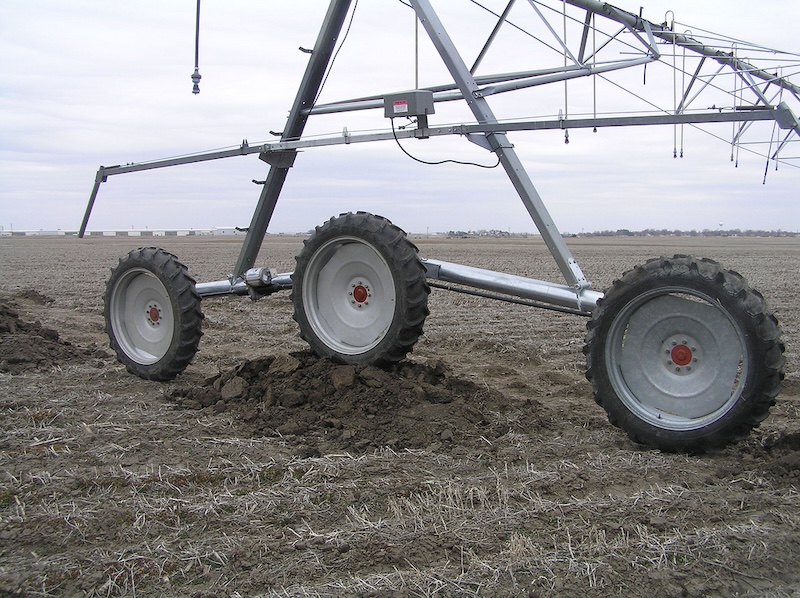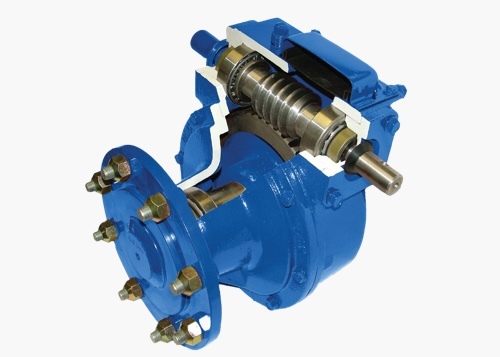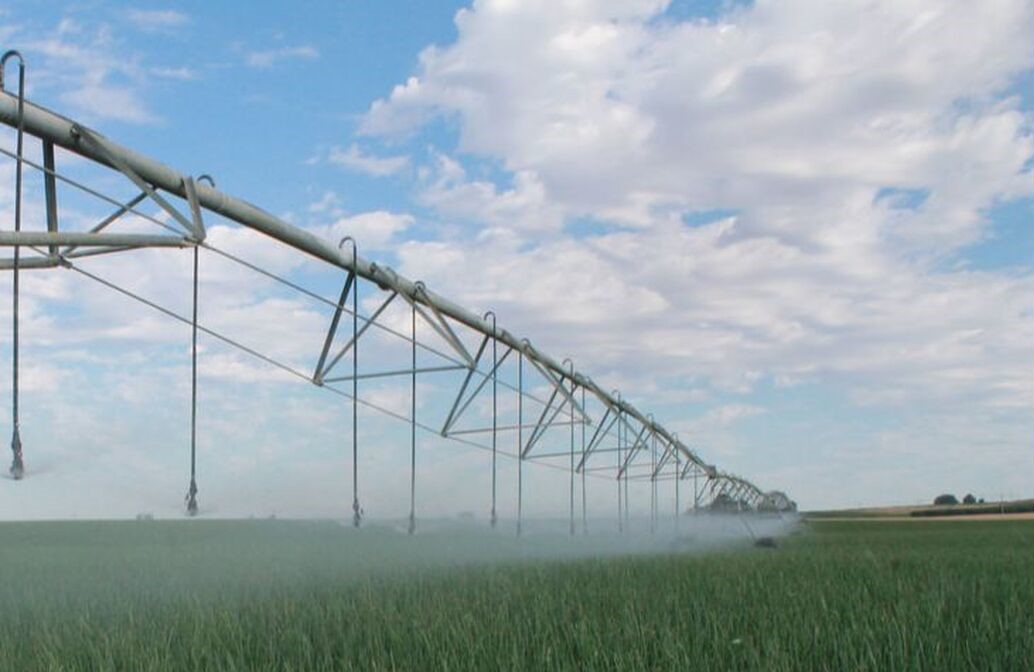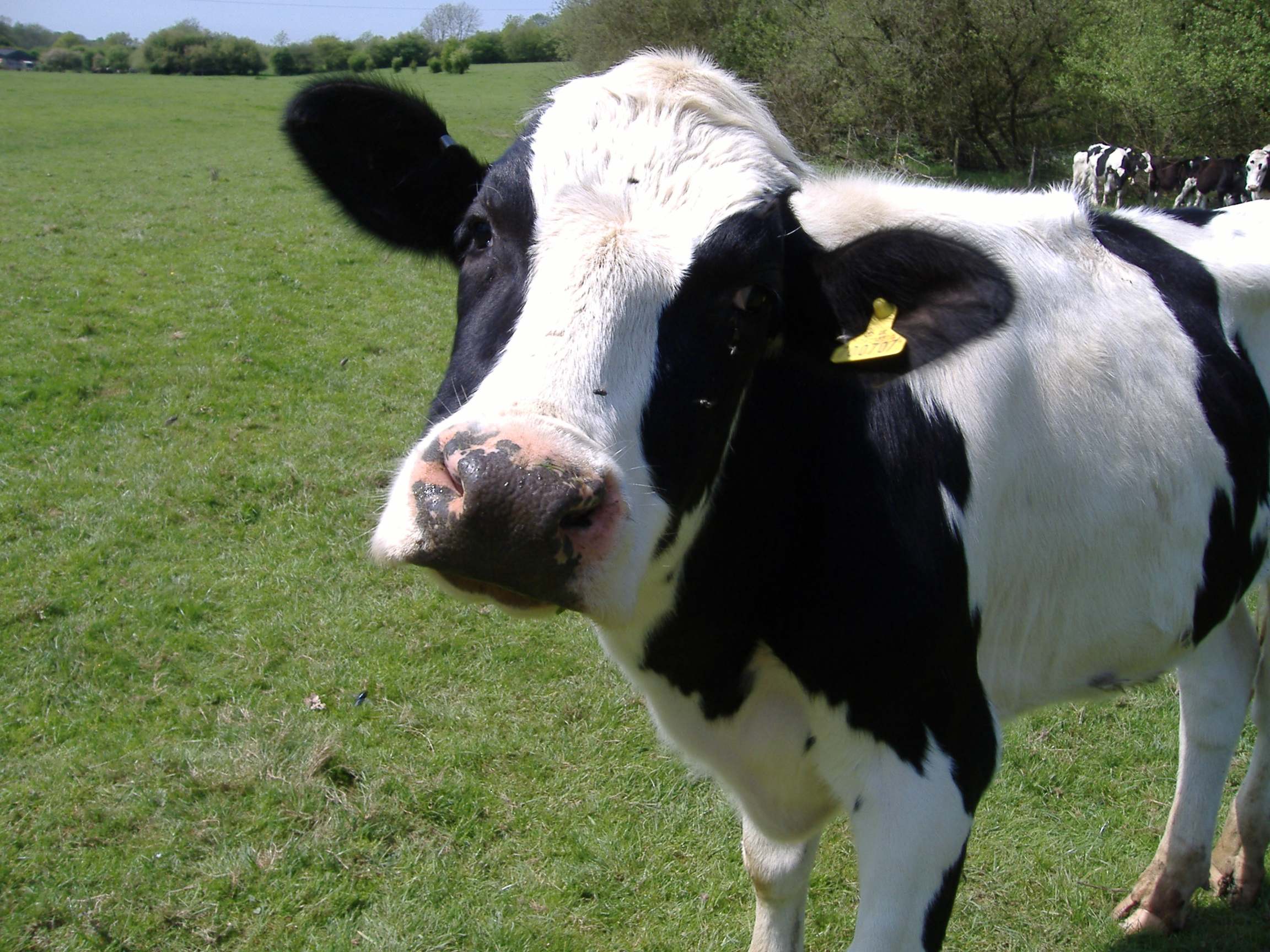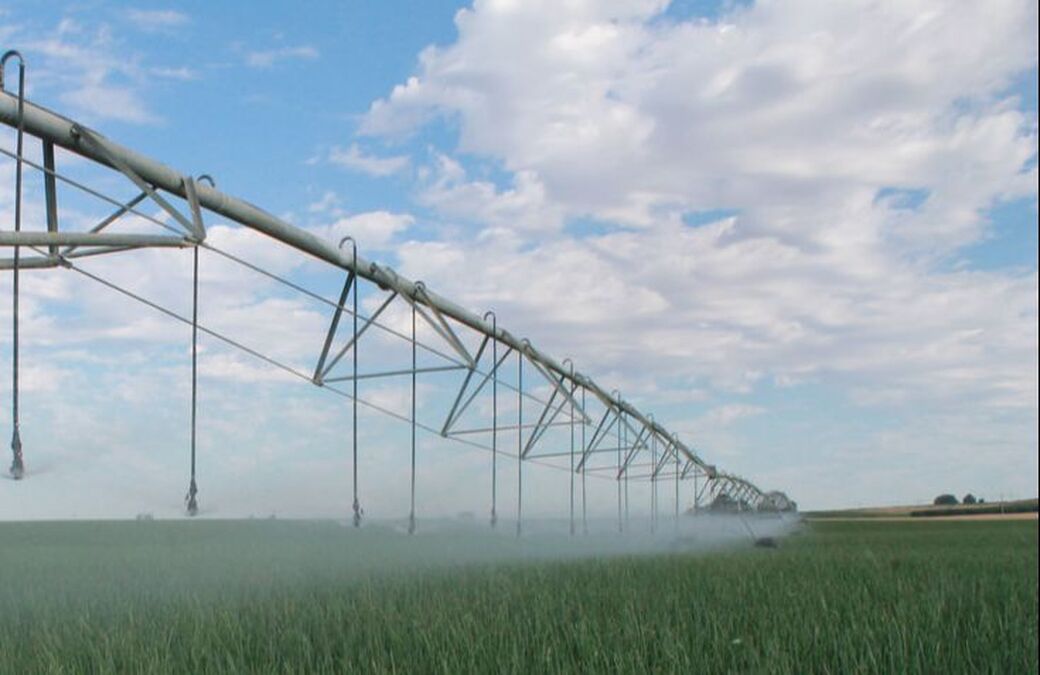IRRIGATION CONSIDERATIONS FOR HIGH-YIELD SOYBEANS
Soybean growers meet a high demand for a product that has a variety of uses. According to the American Soybean Association (2019), one bushel of soybeans can provide approximately11 pounds of soybean oil, or 48 pounds of protein-rich meal. Soybeans also are used to create biodiesel and are exported throughout the globe in whole, meal or oil form.
Soybean production in the United States has expanded significantly throughout the past decade. According to the U.S. Department of Agriculture (2019), 2.65 billion bushels were harvested in 1999. In 2018, the total harvest was 4.42 billion bushels. Although soybean cropland has increased, higher yields are also contributing to production increases. In 1999, 36.6 bushels per acre was the average U.S. soybean yield. In 2016, the U.S. average soybean yield reached a record high of 51.9 bushels per acre.
Advanced irrigation technology provides precision water application that contributes to high yields. An understanding of when to irrigate and what variables affect irrigation management decisions coupled with real-time field data, help growers make the most of their investments in irrigation.
Troy Ingram, Irrigated Cropping Systems Extension educator with University of Nebraska, works with soybean growers in central Nebraska. He recommends using a soil moisture sensor for precise irrigation scheduling. “If you know how much water is in the soil and how much the crop is using each day with the ET (evapotranspiration) number, then you can do a really good job of scheduling irrigation for whatever crop you’re irrigating,” Ingram said. Evapotranspiration (ET) is a measure of how much water is evaporated from the soil and transpired by the plant.
Soybean Growth Stages and Water Stress
With soybeans, in particular, it’s important to understand the plant’s growth stages and its water usage at each stage. Research by Kranz and Specht (2012) in Nebraska points to success with stage-of-growth irrigation scheduling. This approach works only with medium to fine-textured soils. A soil moisture sensor can be valuable when using this scheduling method to determine if the soil water reservoir is sufficient at planting time.
After planting, soybeans enter vegetative growth stages, which begins with seed germination and emergence, and follows through the development of nodes on the stem. Soybeans use more water during its reproductive stages, which begin with the first flower and follow through pod development and seed enlargement.
Water use peaks during pod development and seed fill. Soybean plants also are more susceptible to water stress, which leads to yield loss, during these stages.
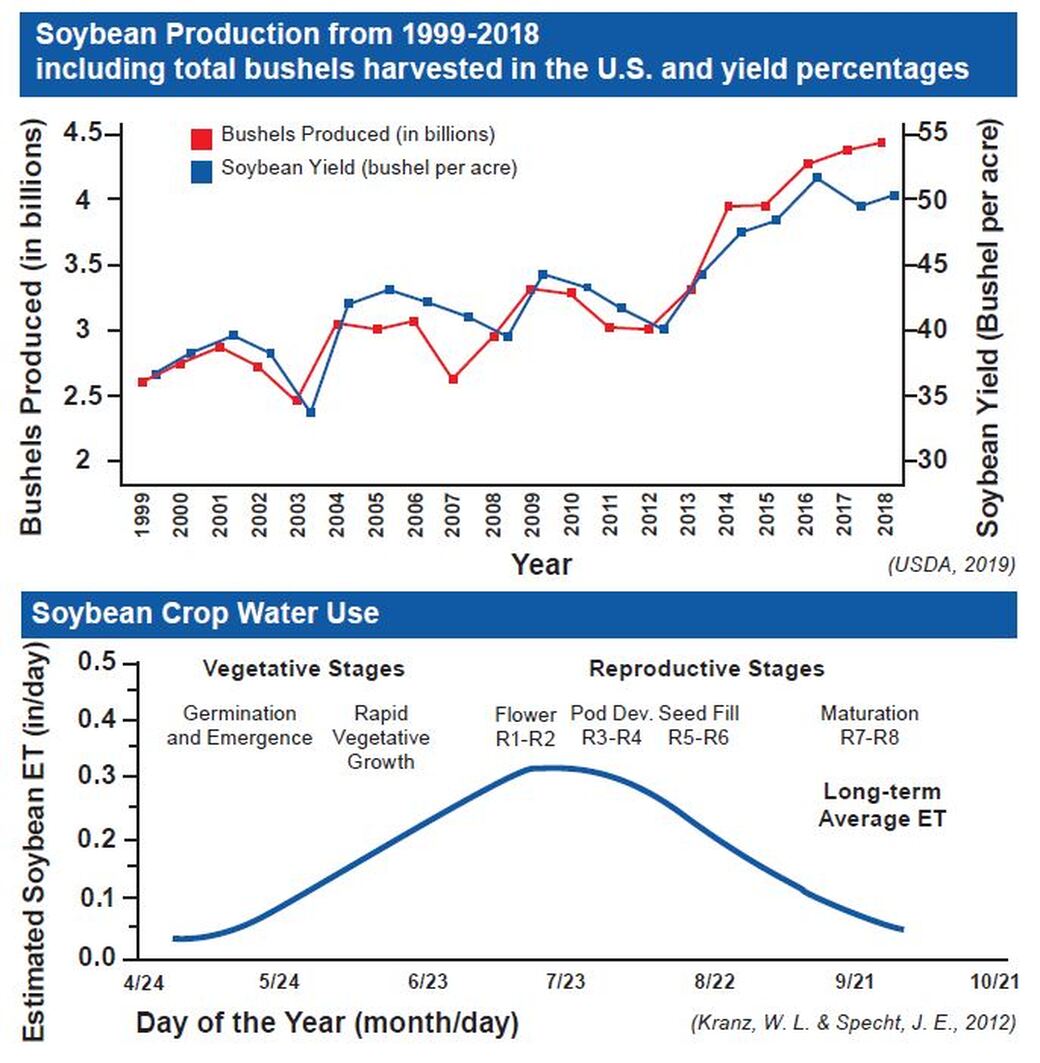
Irrigation Scheduling
The goal of irrigation scheduling is to maximize yield potential by preventing water stress. Growers must estimate the amount of available water in the crop root zone, consider how much water the crop is likely to use, and decide how much irrigation is necessary to bring available soil water up to optimum levels.
The soil’s water-holding capacity varies with soil texture. In general, fine-textured soils, such as silt and clay, hold more water than coarse-textured or sandy soils. Sandy soils require frequent, light irrigation applications.
In fields where soil textures vary, applying uniform irrigation can result in overwatering fine-textured areas or underwatering of coarse-textured areas.
Variable rate irrigation (VRI) can create ideal conditions for all soil textures. VRI uses mapped field data on water holding capacity and yield productivity to specify optimum locations for soil moisture monitoring. Irrigation “prescriptions” can then be created for specific zones with in a field.
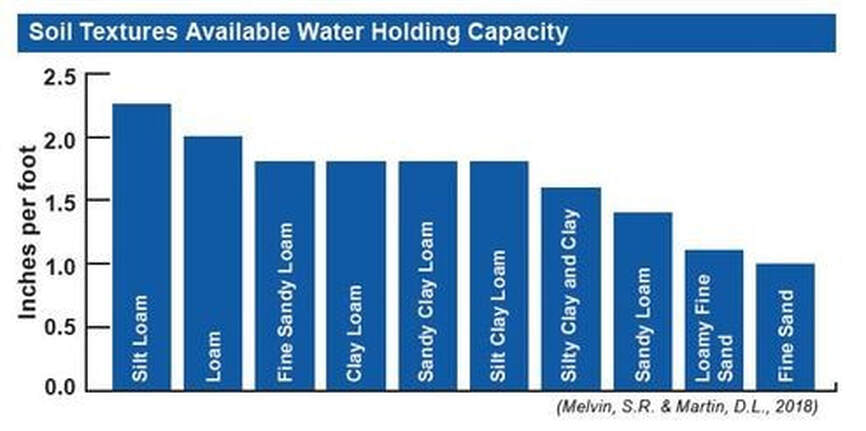
Crop root zone depth also effects irrigation decisions. Although soybean roots can reach depths of 5 to 6 feet, irrigation penetration should end at 3 feet, because the largest concentration of roots and the majority of soil water extraction occur in the top 2 to 3 feet of the soil profile (Kranz & Specht, 2012).
Full-season irrigation and stage-of-growth irrigation have both been shown to produce high soybean yields. While full-season irrigation works with any soil type, stage-of-growth irrigation is only recommended for medium- to fine textured soils (Kranz & Specht, 2012).
Coarse-textured soils include fine sands, loamy sands and fine sandy loams. These soils generally have an available water-holding capacity of less than 1.5 inches per foot. Light, frequent water applications of .75 to 1 inch are needed to refill the limited soil water reservoir. The maximum allowable water depletion for sandy soils is 50% (Kranz & Specht, 2012). Irrigation depth should be 2 feet during vegetative growth stages and flowering, then increase to 3 feet in the later reproductive stages of pod development and seed fill.
Water depletion data can be collected easily from soil moisture sensors. Or, it can be estimated with careful tracking of ET data, rainfall, and irrigation. ET data can be obtained from a subscription service or local media. ET numbers will change depending on plant development and weather variables such as solar radiation, wind, air temperature and humidity. Soybean’s total ET, or water use, ranges from 20 to 26 inches during the growing season (Kranz & Specht, 2012).
With medium-to-fine-textured soils, growers may be able to irrigate less using stage-of-growth irrigation scheduling. This method delays irrigation until pod development and requires heavier water applications. Delayed irrigation may reduce yields when compared to full-season irrigation scheduling if stored soil water is not sufficient at planting, or if rainfall is severely deficient prior to pod development (Kranz & Specht, 2012).However, if growers are limited in the amount of water they can apply during the growing season, they will reap the maximum benefit from applying water during pod development and seed fill.
Recommended Irrigation Systems
Whether soybean growers choose full season irrigation or delay irrigation until pod development, production outcomes will be significantly greater than unirrigated fields (Kranz & Specht, 2012).
Center pivot systems are a good choice because they generally have one of the lowest per-acre installation costs, are easy to operate and are energy efficient because they operate at low pressure.
Reinke irrigation systems are customizable, and sprinkler packages can be optimized for light or heavy applications. In addition, Reinke provides a variety of VRI solutions for all kinds of budgets.
ReinCloud®, Reinke’s remote monitoring system, reports real-time sensor data. Growers can program their irrigation systems remotely with a smartphone, tablet or computer. Certified Reinke Dealers can retrofit this remote control technology on any brand of irrigation system.
References
American Soybean Association. (2019). Soybean facts
Kranz, W. L. & Specht, J. E. (2012). Irrigating soybean. University of Nebraska Lincoln Extension
Melvin, S.R. & Martin, D.L. (2018). Irrigation scheduling strategies when using soil water data. University of Nebraska Lincoln Extension
United States Department of Agriculture. (2019). Statistics by subject.
.png)
.jpg)
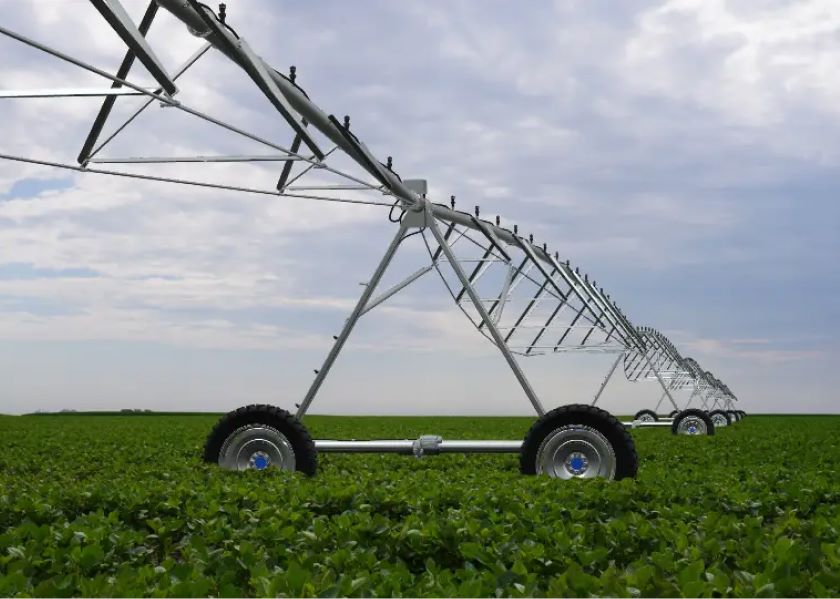
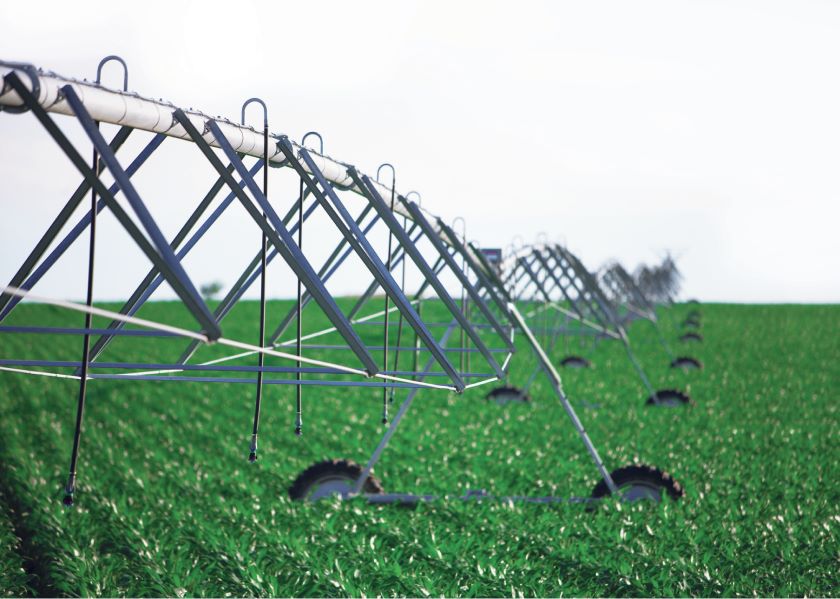
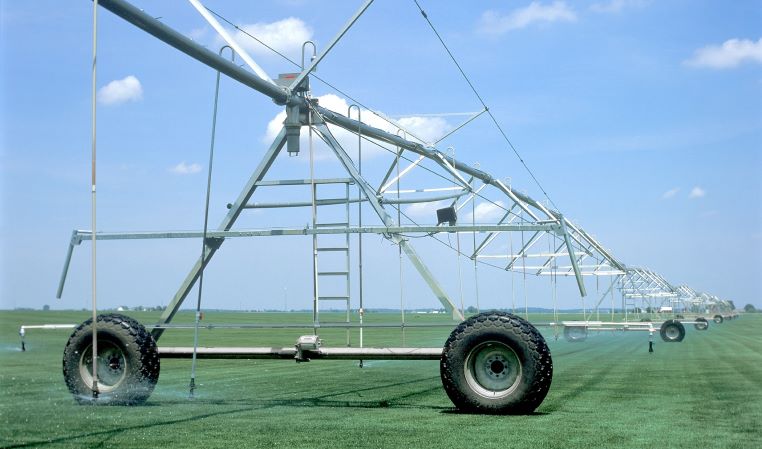
.jpg)
.jpg)
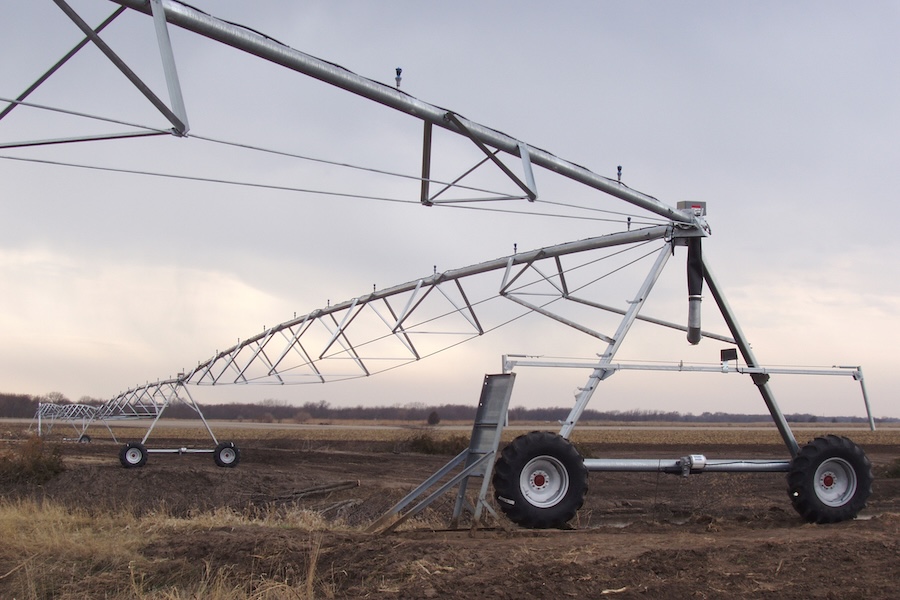
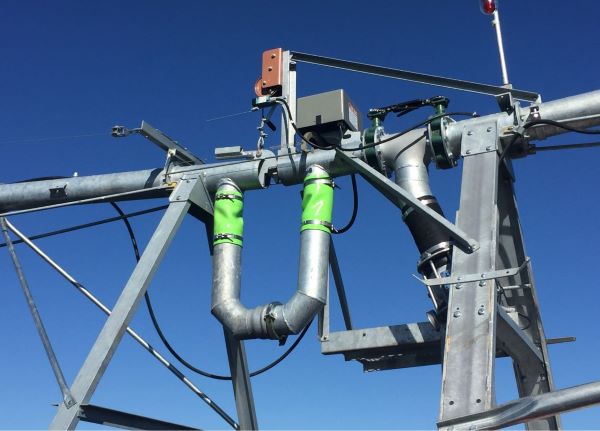
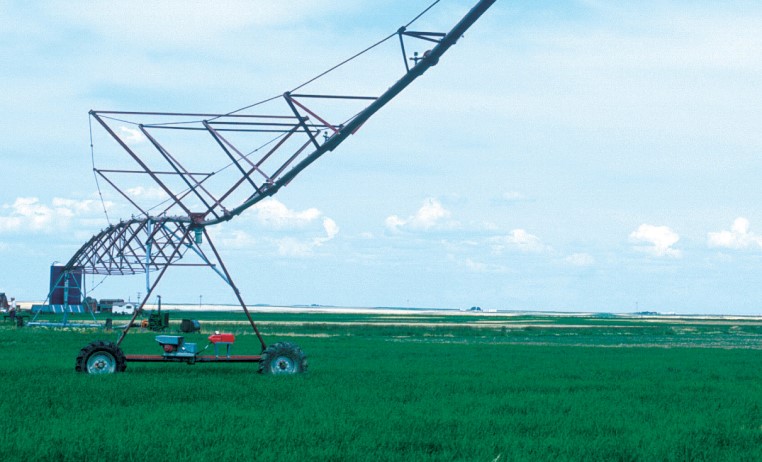
.jpg)
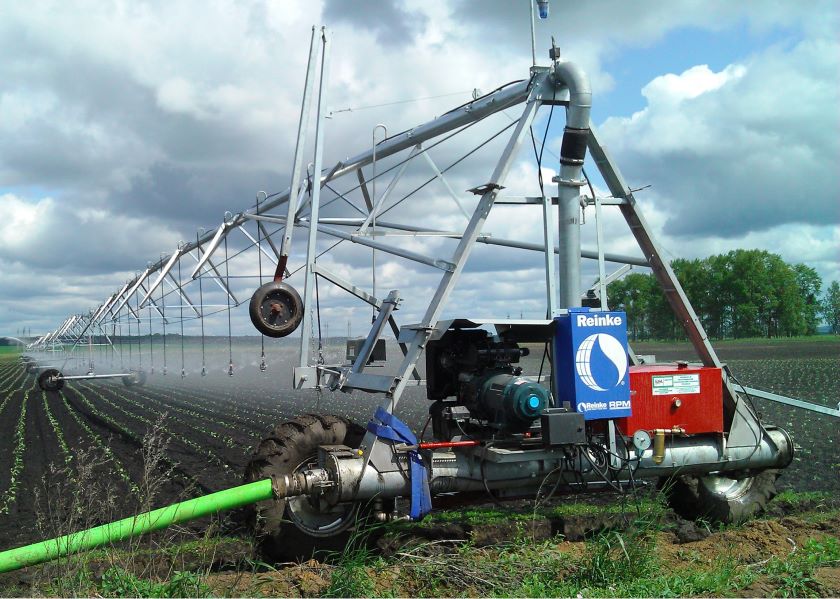
.jpg)
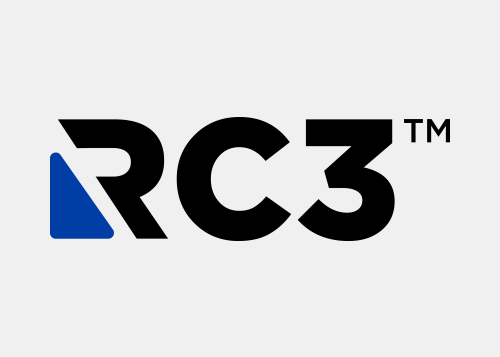
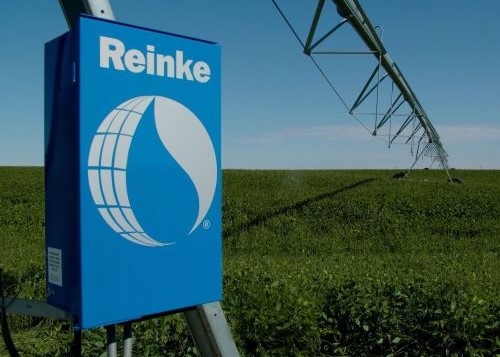
.jpg)
.jpg)
